What are the types of visual distress signals?
USCG regulations prohibit display of distress signals except when a distress actually exists. You should only use distress signals when help is close enough to see the signal. The USCG recognizes both pyrotechnic and non-pyrotechnic devices.
The following combinations of signals are examples of Pyrotechnic VDSs that could be carried onboard to satisfy USCG requirements:
- Three hand-held red flares (day and night).
- One hand-held red flare and two red meteors (day and night).
- One hand-held orange smoke signal (day), two floating orange smoke signals (day) and one electric light (night only).
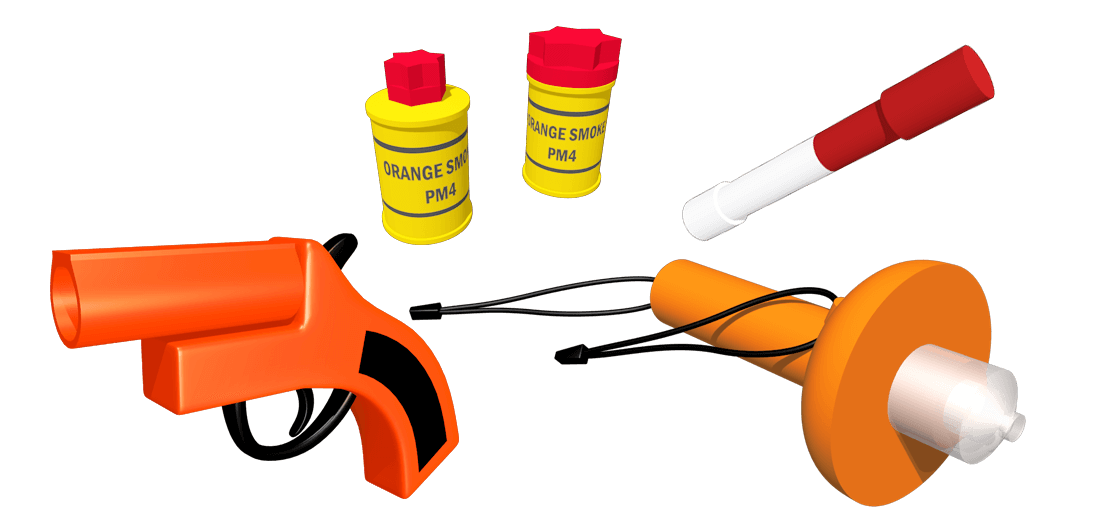
What are pyrotechnic devices?
Pyrotechnic red flares, hand-held or aerial
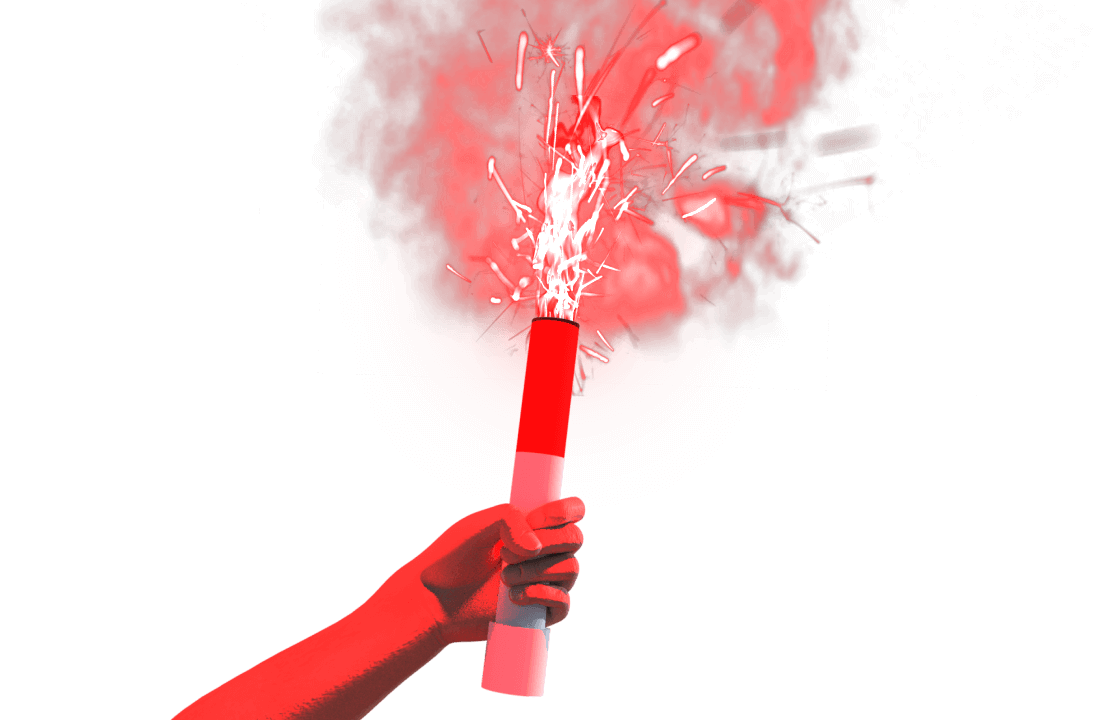
Pyrotechnic orange smoke, hand-held or floating
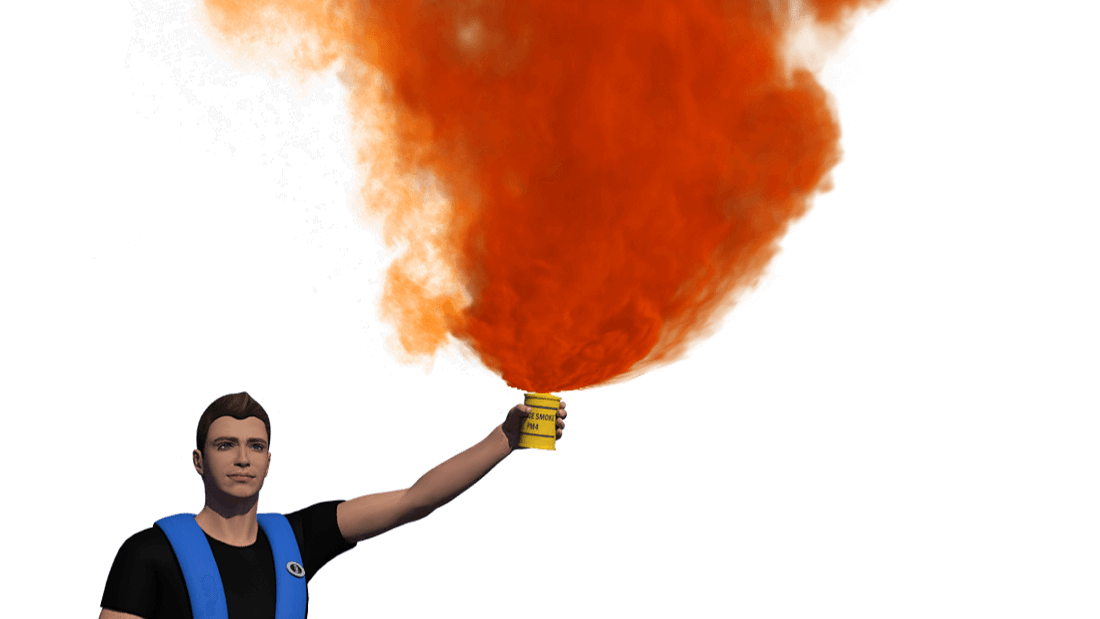
Launchers for aerial red meteors
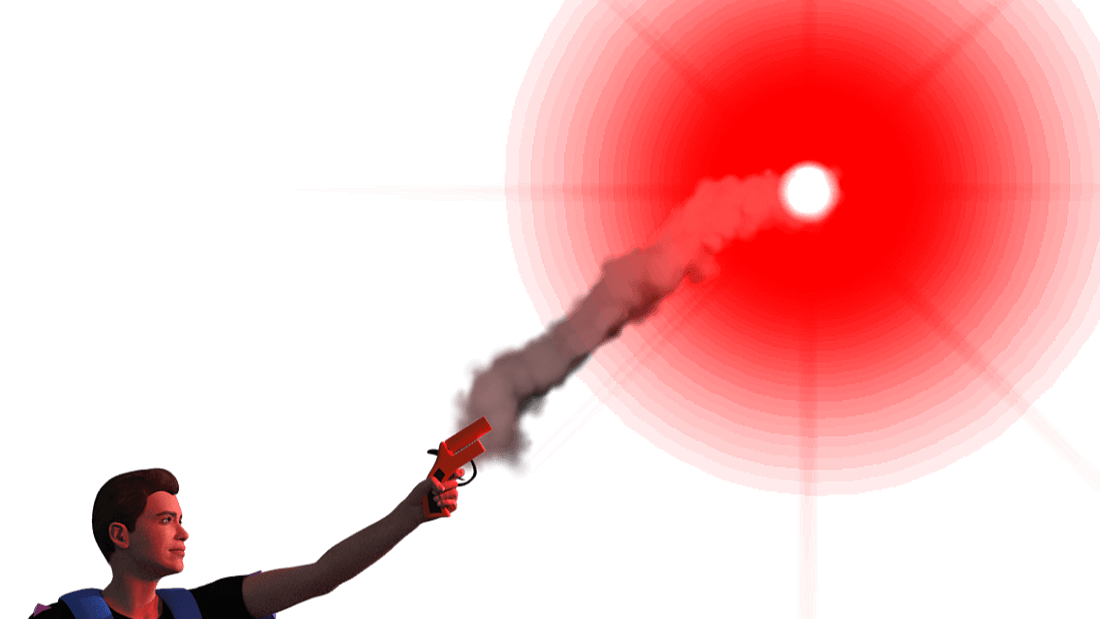
Parachute flares

How do you use safety flares?
-
Read and understand the instructions.
-
Note expiration date and replace as necessary.
-
Hold lighted flares downwind and over the side of the boat.
-
Do not point them at anyone and hold away from your body.
-
Store in a watertight container such as a Ziploc bag.
-
Store where readily accessible and ready to use.
-
Use only in case of an emergency.
What are types of Non-Pyrotechnic Devices?
Orange distress flag
The Orange distress flag is required only for recreational boats more than 20 feet in length. Day use only.
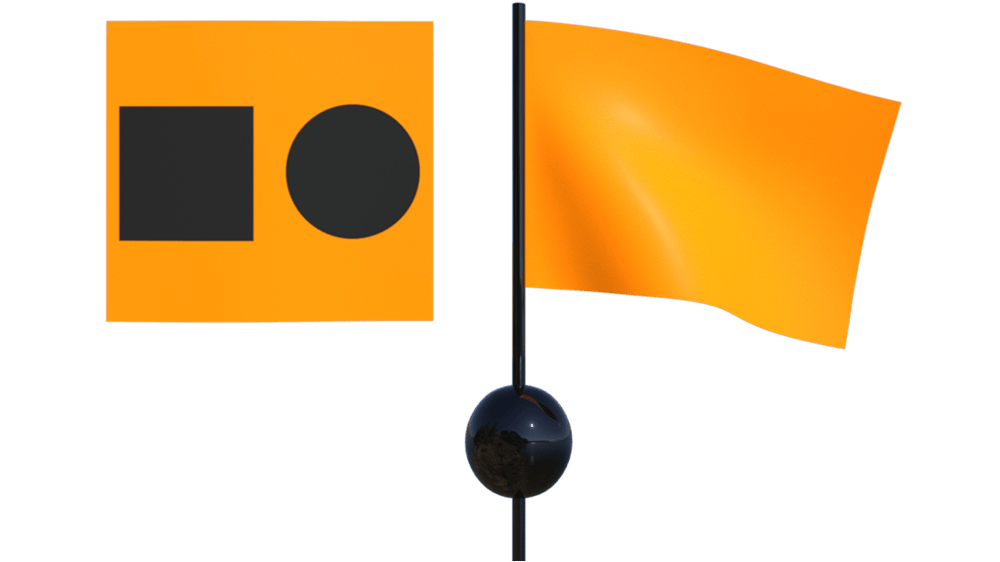
Electric distress signal
Like a flashlight (night use only)

Arm signal
Or, within sight of another person, you can signal distress by extending both arms out and raising them up and down. Arm signal does not meet equipment requirements but if you do not have any other distress signals, wave your arms to summon HELP.
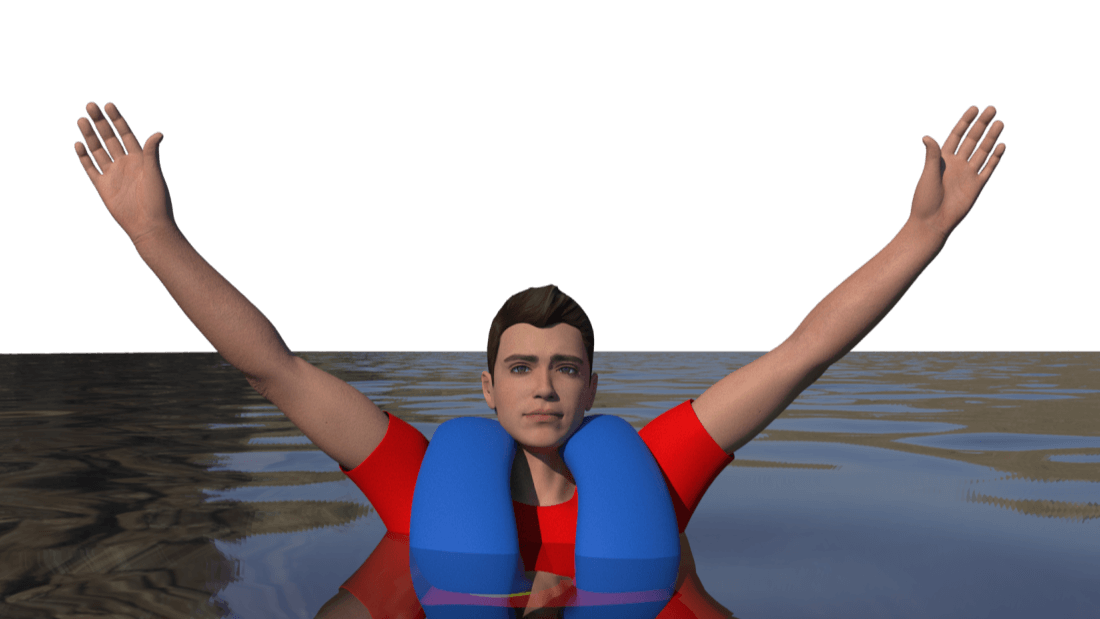
All vessels used on coastal waters, the Great Lakes, territorial seas, and those waters connected directly to them up to a point where a body of water is less than two miles wide, must be equipped with USCG approved visual distress signals (VDS). Vessels owned in the United States operating on the high seas must be equipped with USCG approved visual distress signals.
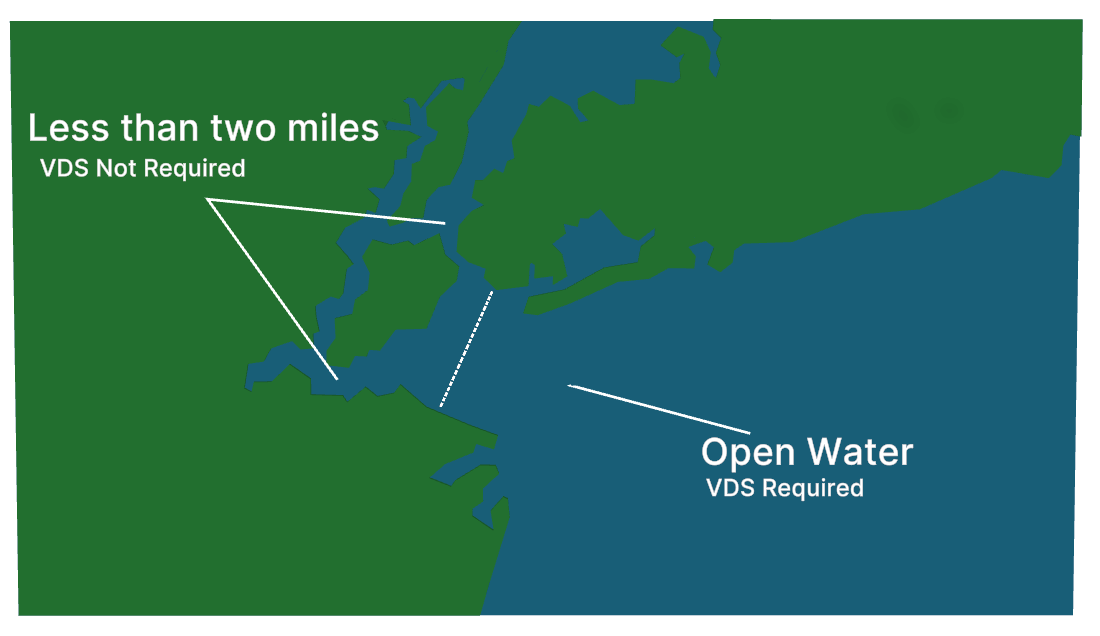
These vessels are not required to carry day signals but must carry night signals when operating from sunset to sunrise:
-
Recreational boats less than 16 feet in length.
-
Boats participating in organized events such as races, regattas, or marine parades.
-
Open sailboats less than 26 feet in length not equipped with propulsion machinery.
-
Manually propelled boats.
These signaling devices must be in serviceable condition, stowed where readily accessible and marked with a date showing serviceable life. Make sure they have not expired. Distress flares, smoke flares and meteor rockets have expiration dates 42 months after the date of manufacture.
